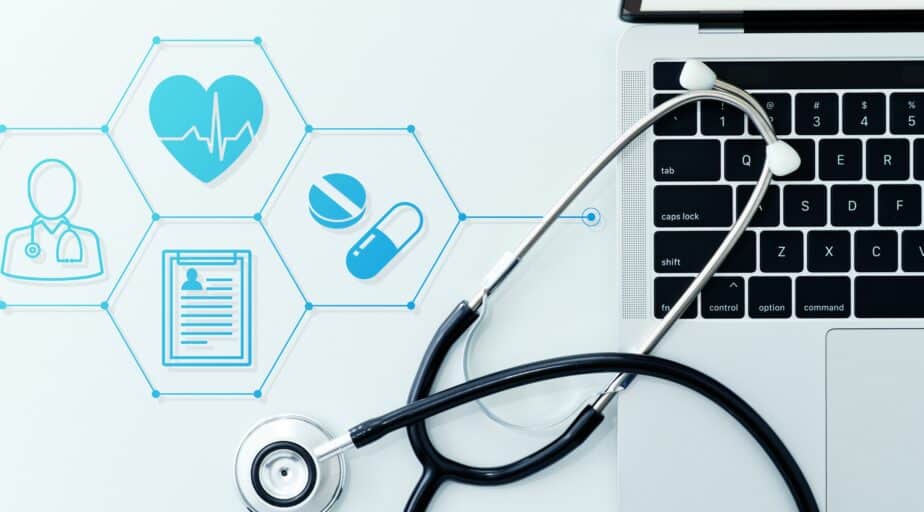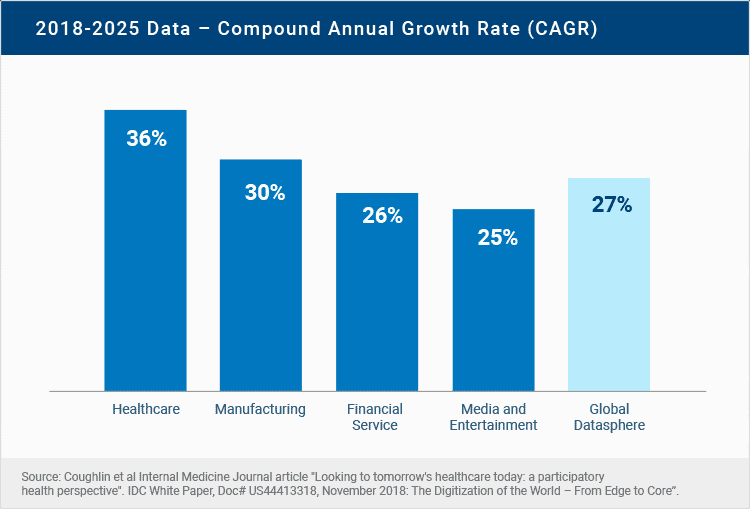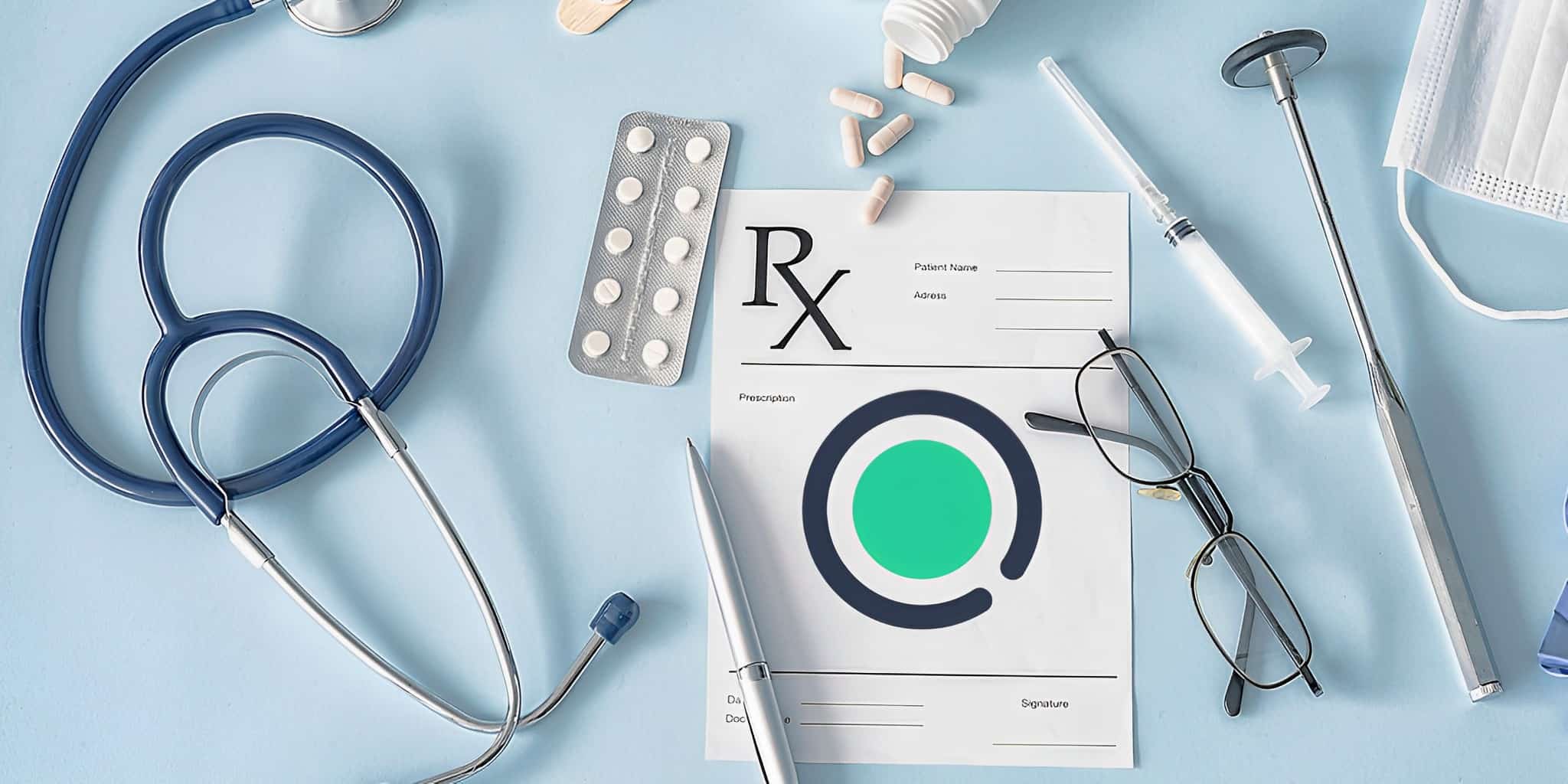How Data Analytics is Driving Innovation in Healthcare
- Jeffrey Agadumo
- July 10, 2023

In ancient times, early humans had to hunt and gather food for survival while also prioritizing their health and safety. However, without the scientific advancements we have today, particularly in medicine, they faced countless unknown dangers in their immediate environment.
It must have been a difficult way to live!
Our understanding of such dangers and harmful factors and their impact on our health evolved through careful study and knowledge preservation. By identifying and understanding these risks, we have developed ways to avoid them, treat their effects, and safeguard our well-being.
This preservation for posterity has catapulted us into the era of healthcare we now enjoy. This era, powered by vast amounts of data, has allowed us to make giant strides in medicine and medical care, improving health, life expectancy, and mortality rates globally.
This brief article will highlight the ways that data analytics has helped make significant changes in healthcare.
Let’s get into it!
The State of Healthcare Data Today
The healthcare sector reportedly generates about 30% of the world’s data volume . That number is said to reach 36% by 2025, surpassing some other industries. Sources of healthcare data include;
- Electronic Health Records (EHRs).
- Medical imaging.
- Wearable and remote monitoring devices.
- Health apps and patient portals.
- Health insurance claims.
- Clinical trial and research studies.
- Public health data agencies.
- Healthcare surveys and questionnaires.

IT investment in healthcare is among the lowest of all industries. As a result, IT departments have difficulty catching up with data management challenges… more than 40 percent of healthcare organizations still struggle to hire employees with the necessary data skill sets.
However, the above statement made in a report by the International Data Corporation shows that healthcare organizations have a long way to go in analyzing the amount of data available at their disposal for deeper insights.
But now, let’s look at some innovations that data analytics has brought to healthcare and possible use cases.
5 Innovations in Healthcare Driven by Analytics
1. Personalized Medicine
Data analytics transforms healthcare data into personalized treatment by considering genetic data, medical history, and lifestyle factors, enabling targeted treatments for specific patient subgroups, enhancing efficacy, and reducing side effects.
Use case: Oncologists use genomic data to guide the use of targeted therapies for cancer treatment, enabling personalized treatment plans that increase success rates.
2. Remote Patient Monitoring
IoT-enabled wearable devices generate a constant stream of real-time data. Doctors can keep an eye on a patient’s vitals from afar by using data analytics, ensuring that they can step in and help at just the right time, even if they’re not in the same room as the patient.
Use case: Cardiologists monitor patients with heart conditions using wearable devices that record heart rhythms, helping to prevent severe episodes.
3. Population Health Management
When governments and healthcare providers analyze data from communities, they can spot potential common health risks in certain areas. This way, they can handle long-term illnesses better, contain epidemics, and plan health programs that benefit entire communities.
Use case: During the COVID-19 pandemic, data analytics helped officials identify hard-hit areas and underlying risk factors. This information guided targeted testing, vaccination drives, health campaigns, and initiatives to better manage its spread in those communities.
4. AI-Assisted Imaging Analytics
High-tech data tools like AI and machine learning can help doctors understand medical images better, meaning they can spot diseases more accurately and catch them much earlier.
Use case: AI software helps detect early-stage lung cancer in CT scans, improving survival rates by allowing for early intervention.
5. Healthcare Fraud prevention
Billions of dollars are lost to healthcare fraud in the US each year. Data analytics can spot odd patterns or differences in health insurance claims, hinting at possible fraud. It can also predict future fraud based on past data and highlight wasteful practices, like unneeded tests or treatments.
Use case: Law enforcement agencies like the FBI analyze medical billing data to spot anomalies and identify possible healthcare fraud schemes.

Datameer: Your Prescription for Better Healthcare Analytics
The combination of Datameer and Snowflake empowers healthcare organizations with advanced analytics capabilities, seamless data integration, and enhanced decision-making while ensuring secure operations and regulatory compliance.
This comprehensive tag-team solution enables refined data analysis, predictive insights, improved recommendations, and the identification of healthcare trends.
With Snowflake’s secure data storage, patient information remains protected, allowing healthcare organizations to drive research, streamline operations, and enhance patient care.
Indeed you may be looking for a reliable tool to handle all that healthcare data.
Well, look no further!


